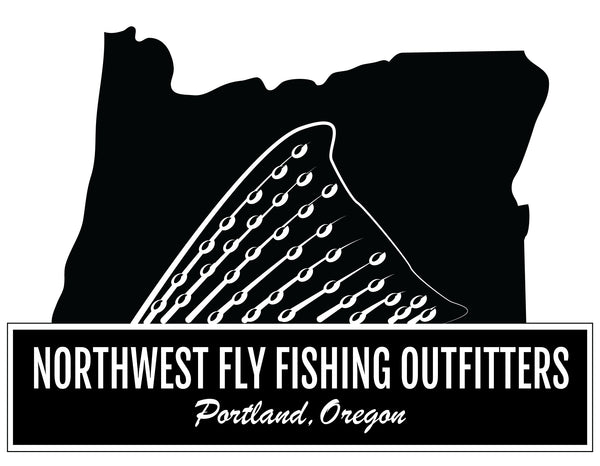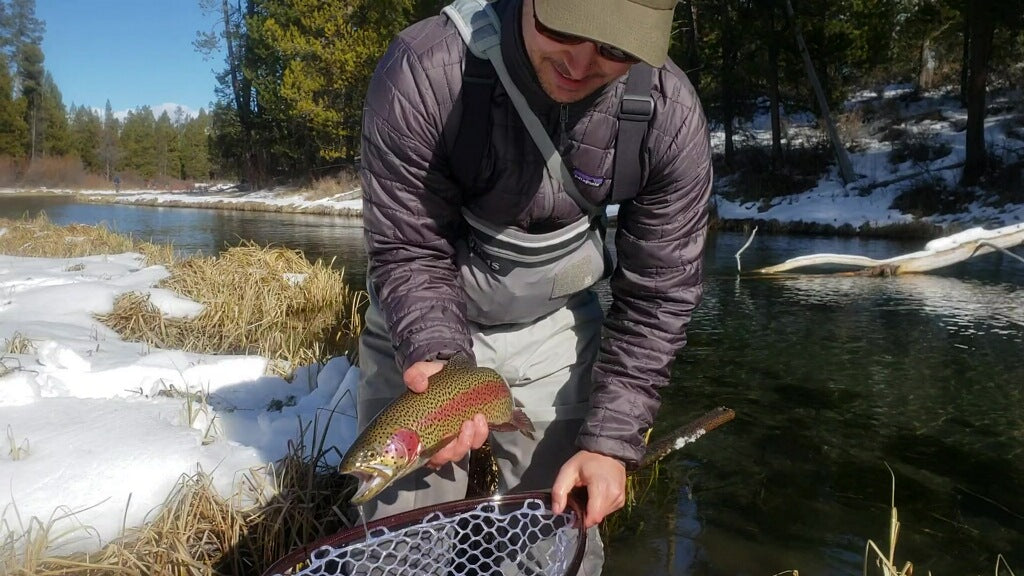Hey ya'll, welcome to Match the Hatch! For February's Match The Hatch we're going to be talking about Midges!
If you have ever been out on the water and seen a cloud of mosquito-like insects that don’t seem interested in biting you, odds are that you saw a swarm of midges. Midges are closely related to mosquitoes and look like them, but don’t bite. More importantly, they make up a huge percentage of a trout’s diet during the winter months. Some midges are large, up to hook size 14, but the majority are size 20 and smaller. The number of genera and species of midges is so hopelessly huge for an angler to ever learn that even the most Latin-minded fisherman must slip back to the basics; size and color, to describe their local midge hatches.
A common error I see during the winter months is many people fail to do their diligence in walking the banks and searching for rising fish. They are there, I promise you. They're just very difficult to find. The rise forms for a midge eat are also hard to pick up. I start by searching small micro currents and shallow water. Many of these fish are catchable on short accurate casts. No need to complicate things, just walk carefully and stealthily, stay low or crouch as much as possible.
If anything, ignore faster water where fish are less likely to sit in. Focus more on slower water, where their rise forms are more obvious. Slower current is better in the winter since a fish is less inclined to seek more oxygenated water.
Midges are best fished in slower runs and along current seams. If you can find large back-eddies, even better. These bugs will hatch all year long, but are an important hatch during winter when all other bugs disappear. Midges can hatch regardless of the weather, unlike your typical winter BWOs who prefer more mild conditions during the winter.
In my experience midge pupa and adult patterns are most productive. Although a midge larva could make a great secondary in a double nymph rig. Midges incur many emergence difficulties, so crippled and stillborn naturals are also common on the surface. I almost always fish emerges or adult patterns with trailing shucks.
Hook sizes for midges are always tiny. Size 20 to start. If you're tying your own flies be sure to use hooks with larger eyes. This also means fine tippets when tying on midge patterns, 5X and likely smaller.
Some useful nymphs to use are Serendipitys, UV Emerging Thunder, Ice Cream Cones, and Zebra Midges.
A few of my favorite dries to use are Scotty’s Midge, Matt's Midge, Griffiths Gnat, Top Secret Midge, and Midge spinners.
Colby Olson
NWFFO Fly Fishing Guide


